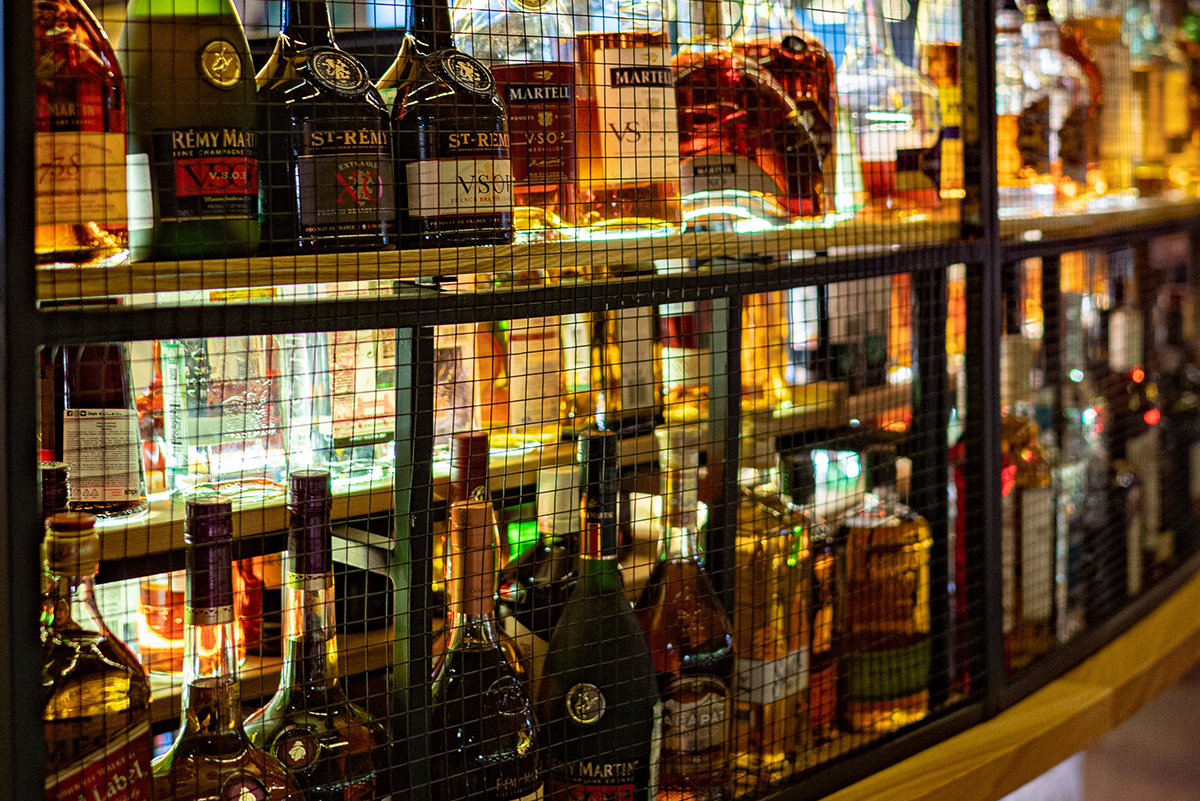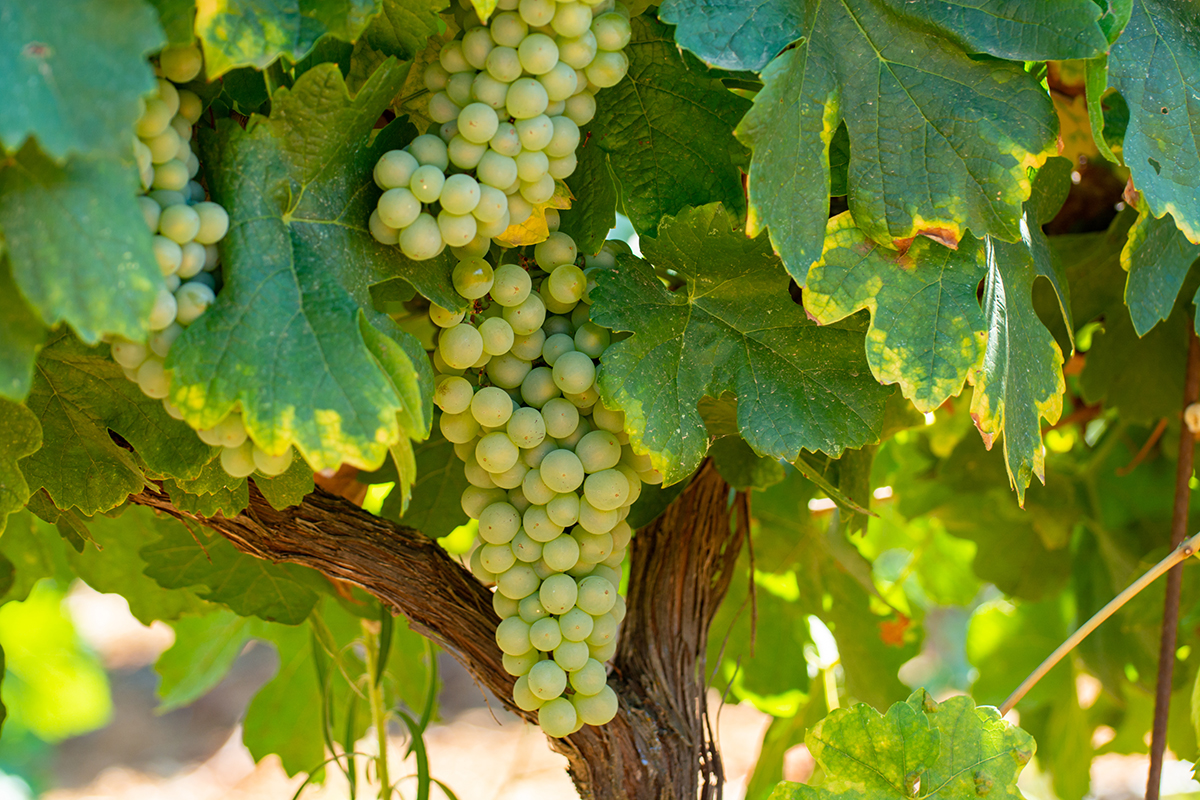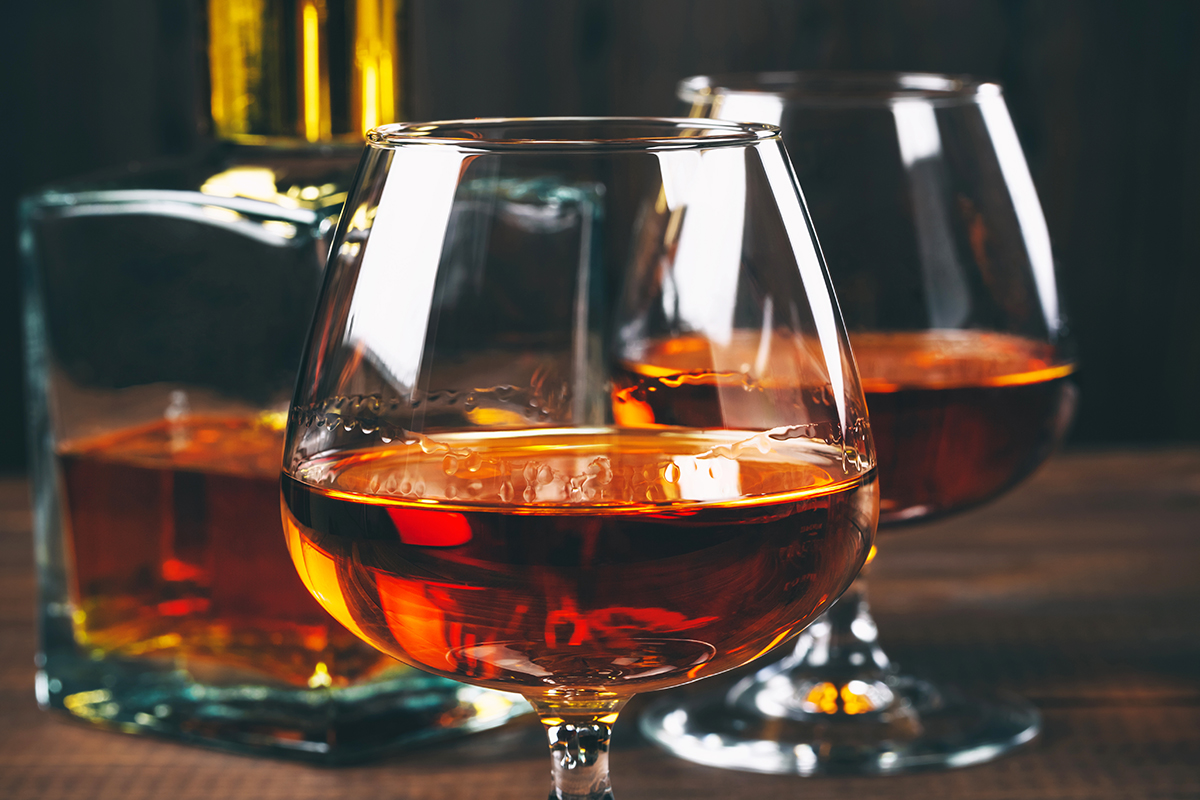Cognac is one of the world’s most beloved spirits. In fact, we Americans are cognac’s largest market with 82.6 million bottles exported to the US in 2017 alone according to the Bureau National Interprofessionnel du Cognac (BNIC). But there is still a bit of mystery to the category, and perhaps some confusion as to what it is exactly. Especially as it seems the brands themselves are better known than the actual category they fall under. For example, we’ve seen some cognac bottles listed under the whiskey section on menus in some restaurants and bars (the guilty shall remain nameless).
With that in mind, we’d like to offer a mini cognac class to get you up to speed about this category and offer some guidance about what your cognac label is trying to tell you.
WHAT
Cognac, the most popular style of brandy, falls under that spirit umbrella much like bourbon falls under the whiskey umbrella. All the grapes used to make the wine in cognac production have to come from a specific designated region. How and where it is made is regulated by its AOC (Appellation d’Origine Contrôlée).

Photo by Stanislav Ivanitskiy on Unsplash
WHERE
The Cognac region is located in southwest France, just north of Bordeaux. There are six subregions, or crus, within Cognac with varying distinctions and their own personalities. The regions are classified according to their respective soil components and are listed in order of their quality. If a cognac label states a region on it, all of the cognac in the bottle must hail from that region. Also, please note that the Grande and Petite Champagne regions have nothing to do with the Champagne region which makes sparking wine. The soils are all chalky and that is where the term originates from (confusingly so).
GRANDE CHAMPAGNE: The most regarded region produces light, fine cognacs which require long aging.
PETITE CHAMPAGNE: Results in cognacs similar to Grande Champagne, but without its finesse.
Note: If a cognac label lists Fine Champagne on its bottle, this is a blend of Grande and Petite Champagne cognacs with the former comprising at least 50% of the blend.
BORDERIES: Requires shorter aging than either Grande or Petite Champagne. Produces round and fine cognacs.
FINS BOIS: Surrounds the first three regions and is the largest region in Cognac with 42.6% of the area. Ages quickly.
BONS BOIS: Sandy soils with the vines quite dispersed. Ages quickly.
BOIS ORDINAIRE: Almost exclusively sandy with maritime influences. Fast aging.
HOW
Grapes are harvested within the Cognac region, most often ugni blanc, a white grape, but other varieties are authorized. After a wine is made, it is double-distilled in a Charentais copper still no higher than 72% ABV creating an eaux de vie. Distillation is required to end on March 31st after harvest.
AGING
The eaux de vie (it’s not a cognac until it is bottled) is matured exclusively in oak typically ranging from 270L-450L. Traditionally either Tronçais oak or Limousin oak is used with the former having a softer grain and the latter a medium grain. Previously used barrels are often used to age the spirit, but cannot have held a non-wine product such as whiskey.
To be called cognac, it must be aged a minimum of 2 years starting from the end of the distillation period which ends March 31st. Very rarely do you see either age statements or vintage-dated cognacs (date of harvest), but they do exist.
More often seen are the following terms. Note: All terms refer to the youngest cognac in bottle.
VS (Very Special): 2 years minimum; also known as Three Star. Accounts for 50% of cognac sales.
VSOP (Very Superior Old Pale): 4 years minimum; also known as Réserve. Accounts for 39% of cognac sales.
Napoléon: 6 years minimum
XO (Extra Old): 10 years minimum (formerly only 6 years, this changed as of April 2018)
BLENDING
Perhaps one of the most overlooked areas in making a cognac is the blending. A master blender must select eaux de vie from varying ages and varying crus. Each year the harvest can vary, but the master blenders’ job is to create a consistent product for their consumers around the world.
THE BIG FOUR
It is important to understand that the brands below often don’t own all (or any) of their own vineyards, make their own wines or even distill much of their own eaux de vie. They’ll often have contracts with winemakers and distillers to create products to their own specifications. This is a common occurrence for most brands.
These four producers have the greatest share of the cognac market and are good places to start your cognac journey.

Hennessy
Founded by Richard Hennessy in 1765, this is by far the largest cognac producer in the world with 40% of the market. Americans have had quite the taste for it with the first shipments to the US occurring back in 1792.
Rémy Martin
Named after the company’s founder in 1724, this house exclusively uses eaux de vie from Grande and Petite Champagne. Their house style reflects cognacs with full-bodied flavors.
Courvoisier
Founded in 1809, apparently Napoléon Bonaparte was quite a fan having taken several barrels of this cognac with him after his exile to St. Helena. The brand launched their Napoléon Cognac in 1910 with a silhouette of the emperor on its bottle.
Martell
Founded in 1715, their house style focuses on eaux de vie from the Borderies and Fins Bois crus but also uses Grande and Petite Champagne. The brand exclusively ages with Tronçais oak.
OTHER BRANDS TO TRY
As each cognac house has its own style, you should try different brands to determine which you prefer. But don’t just drink cognac from the big four. Try some from other notable makers Pierre Ferrand, Hine, Delamain, Park, Camus, and that’s just for starters.
There are also some grower-producers such as Paul Beau which handles all areas of production from growing the grapes to aging and everything in between. These should be experienced as well. Consider them to be your graduation presents after your tour of the other brands.
With Distiller, you’ll always know what’s in the bottle before you spend a cent. Rate, Review, and Discover spirits! Head on over to Distiller, or download the app for iOS and Android today!


